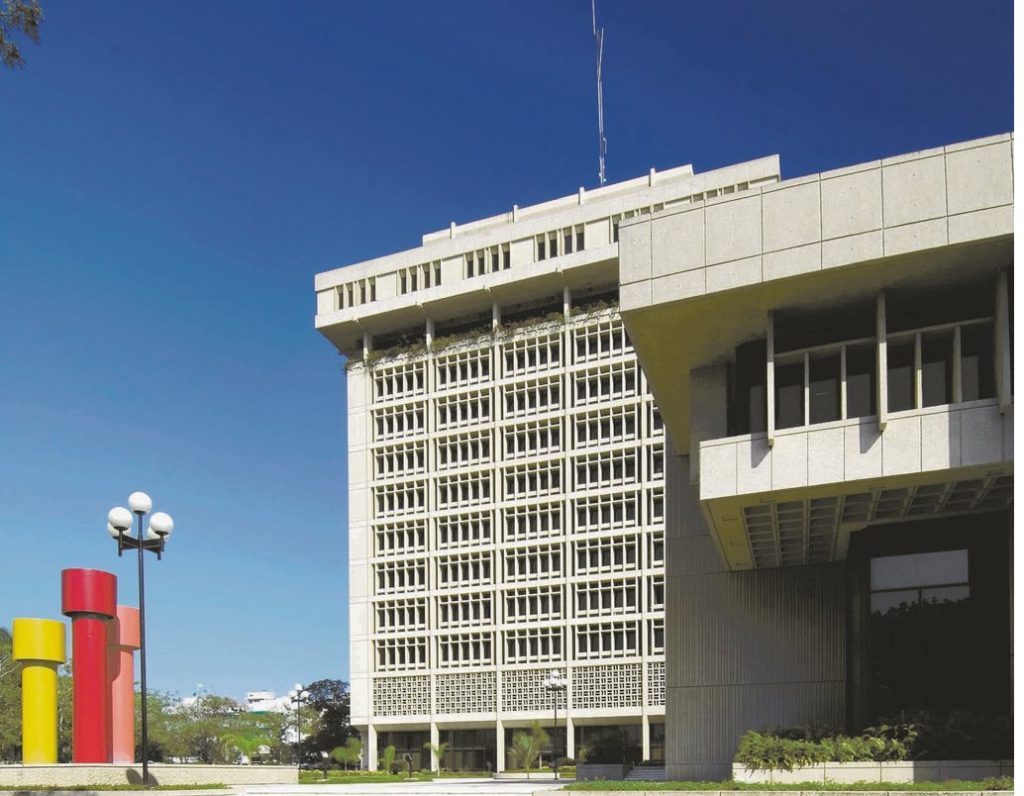
The Central Bank of the Dominican Republic (BCRD) announced March registered a growth of 6.4%, the highest in the first three months of 2022. The growth, measured by the performance of the Monthly Index of Economic Activity (IMAE), is up from 5.8% in February and 6.3% in January. The first quarter average is 6.1%.
The monetary police rate was kept at 5.50%, given the performance of the economy. “This decision is based on a thorough assessment of the recent behavior of the global economy, influenced by the increases in international uncertainty derived from recent geopolitical conflicts and the global cost shock. Prices continue to be affected by external shocks more persistent than expected, associated with the significant increase in oil prices and other important raw materials for local production, as well as the high costs of international container transportation and other disruptions in supply chains, the Central Bank reports.
Economic recovery is driven by the recovery of tourism, construction, commerce, transport and free zone manufacturing, says the BCRD.
The consumer price index (CPI) in March 2022 was 0.67 %; while the inter-annual inflation for the past 12 months, is at a high 9.05%. The year-on-year core inflation, which excludes the most volatile components of the basket, is at 6.99% in March 2022, reflecting second round effects in production associated with supply shocks of external origin, reports the BCRD.
The BCRD expects inflation to gradually converge to the target range of 4%±1%, but at a slower pace than expected. It highlights that in addition to monetary normalization policies, fiscal measures are being implemented to mitigate the increase in commodity prices and maintain the stability in the exchange market.
Meanwhile, the Economic Commission for Latin America and the Caribbean (ECLAC) reports that the Dominican Republic is one of the countries to best recover after the pandemic. Last week, ECLAC lowered its growth projections for 2022 in the region from 2.1% estimated in January to 1.8% due to the impact of the war in Ukraine.
According to ECLAC, the economies that will expand the most this year are Panama (6.3%), Dominican Republic (5.3%), Venezuela (5%), Colombia (4.8%), Guatemala (4.2%), Honduras (4.1%) Uruguay (3.9%), Costa Rica (3.7%) and Bolivia (3.5%).
Meanwhile, Miguel Collado Di Franco, executive director of the Regional Center for Sustainable Economic Strategies (CREES) says the increase in inflation has raised prices for consumers, it has generated a windfall of unexpected tax revenues for the Dominican government. In an interview for the TV program D’Agenda with Hector Herrera Cabral, Collado explained that Customs Agency and DGII revenues are up. The government has benefitted from the rising fuel prices. Taxes are a major component of the consumer fuel price.
The government has been passing on to the most vulnerable some of the savings, with cash transfers through the Superate, Bono Gas Hogar and Bono Gas Chofer programs, as well as subsidizing petrol prices. He estimated the petrol subsidies to be more than RD$10 billion so far.
Collado explained why the Consumer Price Index in the Dominican Republic has increased more than in most Latin American countries. He said the DR does not produce oil, and food, energy and transportation all weigh heavily on the CPI in the DR.
Read more in Spanish:
El Caribe
N Digital
El Caribe
3 May 2022

